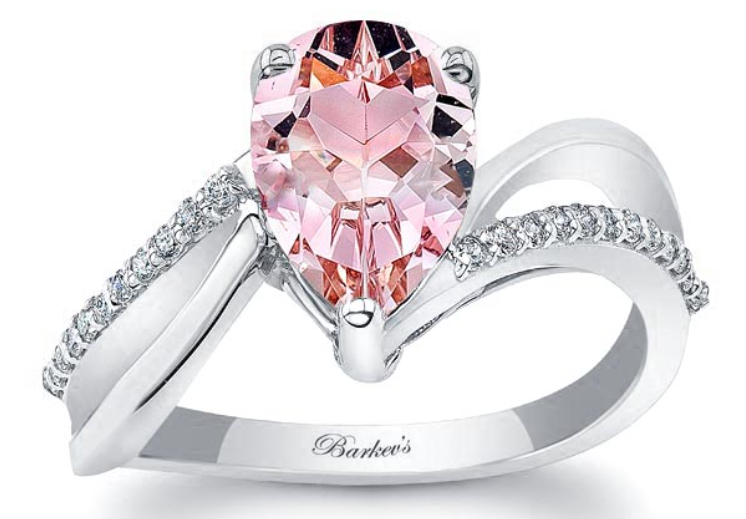There are many pink gemstones available on the market today but not many compare to the distinctive pink that morganite displays. And as a leading designer of morganite engagement rings and other morganite jewelry we thought it would be good to post about questions we’re often asked.
What is Pink Morganite?
Popular pink stones such as rose quartz, pink sapphire, and pink tourmaline exhibit their own unique, dazzling pink shades. But, pink morganite is different from any other precious or semi-precious gemstones and is truly uniquely beautiful. Morganite provides the perfect selection for those who seek a remarkable pink stone they can frequently wear, cherish for years, and pass down as a keepsake heirloom.
Morganite: Understanding the Basics
Morganite is the semi-precious pink variety of the species beryl, which is composed of beryllium aluminum cyclosilicate. Beryl has a hexagonal crystal system with a chemical formula of Be3Al2Si6O18 and other geeky/scientific factors, but many people love the stone for its beauty – and customers over the years have said it reminds them of their rose gardens.
Fun fact that not many people know: Morganite was named after JP Morgan, a well-known banker.
Morganite: A Wondrous World of Incredible Color
Morganite may be referred to as pink beryl and can range in different hues. From the iciest, lightest pink shades to slightly darker pink shades with various undertones, morganite often displays the lightest cotton candy pink. Sometimes, morganite can be confused with kunzite, which is a pink transparent stone that belongs to a different species, spodumene.
If you are searching for the perfect morganite engagement ring we are here to help! Browse our selection and feel free to contact us with any questions you may have.


